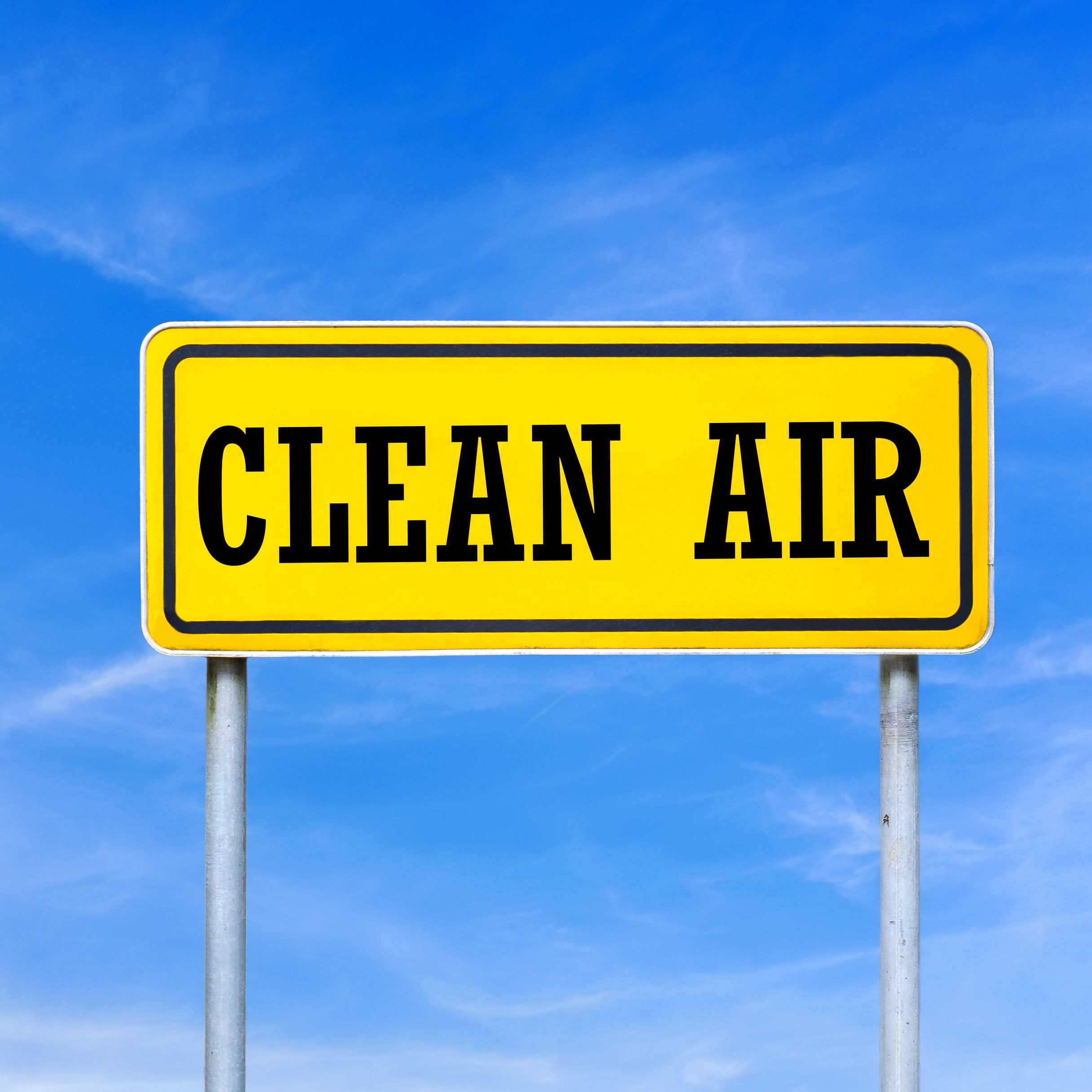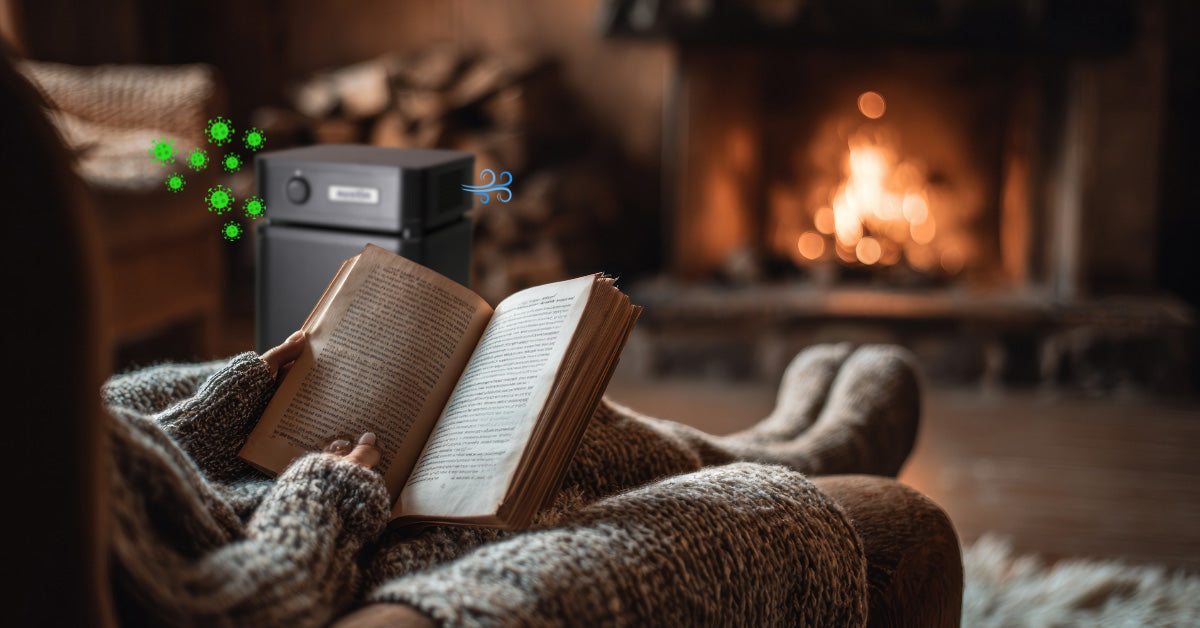A GLOBAL PUBLIC HEALTH EMERGENCY, that’s what the WHO is calling today’s air pollution problem. Responsible for 1 in 9 deaths across the world. Air pollution kills far more people than HIV, Tuberculosis and Malaria combined.
And it’s not just the impact on our health to consider. The economic burden is huge at around $5.11 TRILLION a year. That’s $1 million every minute.
Over 90% of the world lives in an area with unsafe levels of air pollution. Developing countries are hardest hit. India, China and Iran have some of the dirtiest air in the world but it affects wealthier nations too. Pollution related deaths in Europe are unacceptably high, at around 500,000 per year.
Our understanding of how pollution affects our health has come a long way in the last few years too.
The first studies, completed in 1993, established a link between air pollution and lung disease, heart attacks and strokes. Over time, that list has grown and now includes Alzheimer’s, premature aging, low birth weight, premature birth, birth defects, cot death, miscarriages, autism, Parkinson’s disease, schizophrenia, lung cancer, diabetes. In short, air pollution affects every aspect of our health.
There are many ways we can reduce our exposure to pollution. We can wear masks to protect ourselves and monitor the quality of air using an app. Some cities have even installed giant air purifying towers to clean up the air. However, until pollution is stopped at its source, we will never really eradicate the problem. According to the WHO, the only way forward is to change the type of energy we use, reduce the number of vehicles on the road and change the way urban spaces are developed, to ensure people can travel to and from work and home, either walking, cycling or using public transport. The solutions are there. It’s time for governments and industry to step up.



